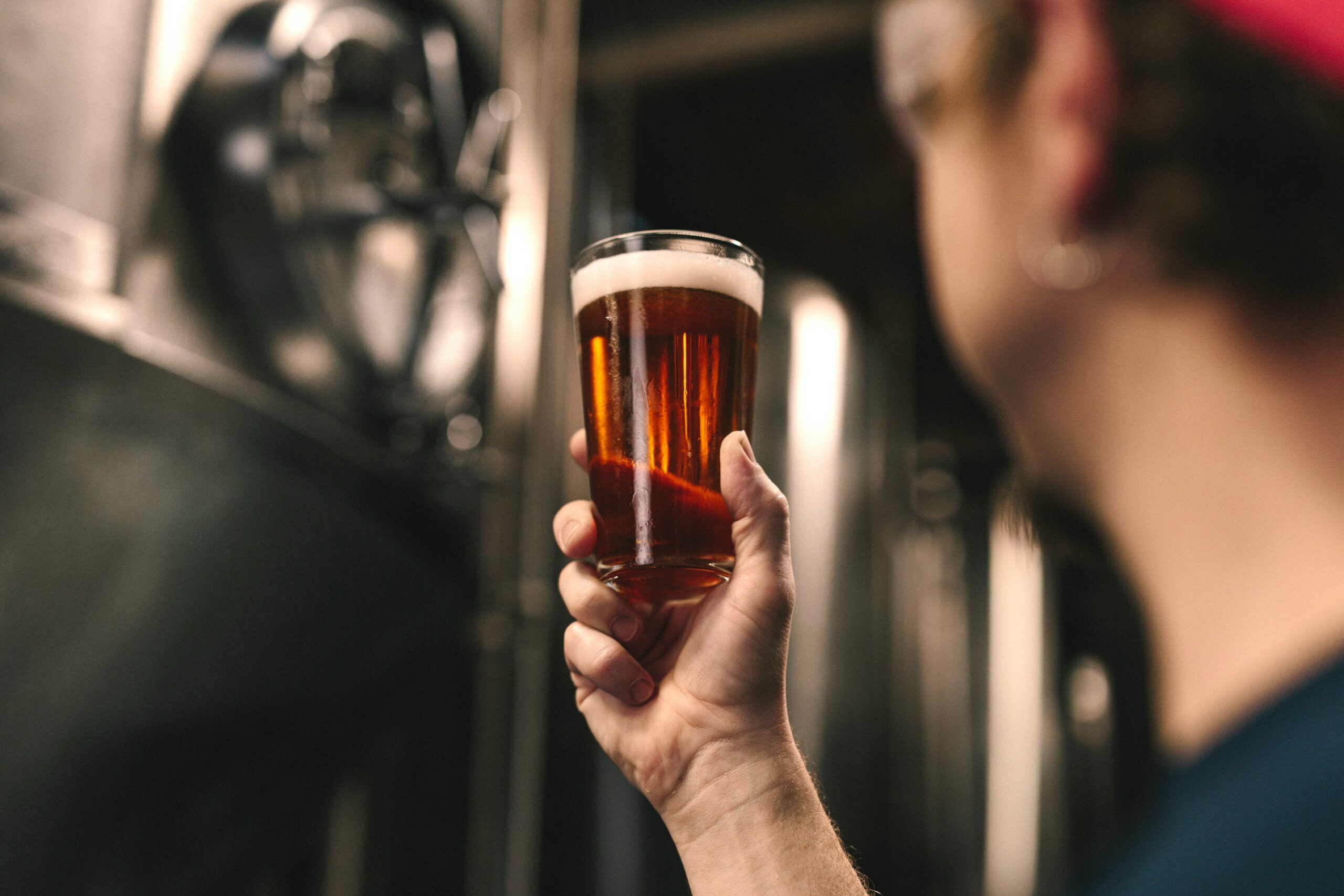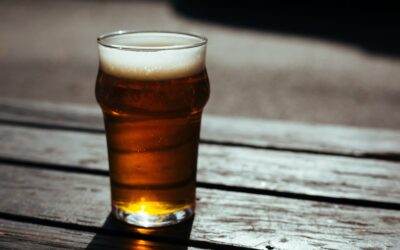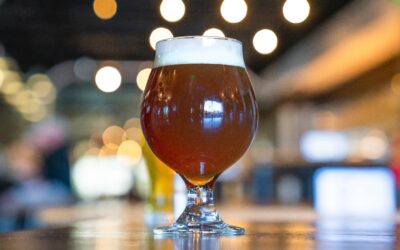Many Scottish beers follow style rules found in the rest of the UK. However, a distinctive but elusive thread has always run through Scottish brewing, which is unique to Scotland. These older traditions have been preserved and revived as much by brewers in continental Europe and the Americas as by local producers, leading to the creation of style classifications using words like ‘Scottish’ and ‘Scotch’, which many Scots find alien.
The Scottish habit of branding some beers by using a price expressed in pre-decimal coinage, comes from the 19th century system of classifying beers by the wholesale cost of a 54-gallon (± 250-litre) cask, or ‘hogshead’. The use of this ‘shilling system’ as style designators has varied over time and those mentioned below reflect current usage. The Seventy Shilling style designation has been omitted as it it mainly used to denote beers more akin to softer English bitters than to a more traditional Heavy.
Scottish Light (Sixty Shilling)
Dark-coloured but light-bodied (2.8-3.5% ABV), this malt-based style with minimal hopping can have butterscotch, caramel, bready and lightly roasted notes. Peaty and smoky flavours are nice but not traditional. Rarely found nowadays in Scotland. It equates to a lighter form of Mild.
Scottish Heavy
This malt-focussed, rich and grainy pale-amber style of session beer (3.8-4.8% ABV) may have slicks of caramel and toasted breadcrumbs, and a dab or two of butterscotch. Hopping is restrained. The style is once more steadily diverging in Scotland from English-defined ales and is being mimicked elsewhere. It is much improved by cask-conditioning. The term ‘heavy’ has been applied to both 70 shilling and 80 shilling beers in the past, though the style is trending upwards in strength and number. Stronger forms of Heavy are becoming more common at home and abroad and are becoming known as Export.

Caledonian Brewery in Edinburgh, Scotland used to brew a traditional Heavy until owners Heineken closed it down in 2022. (photo: André Brunnsberg)





